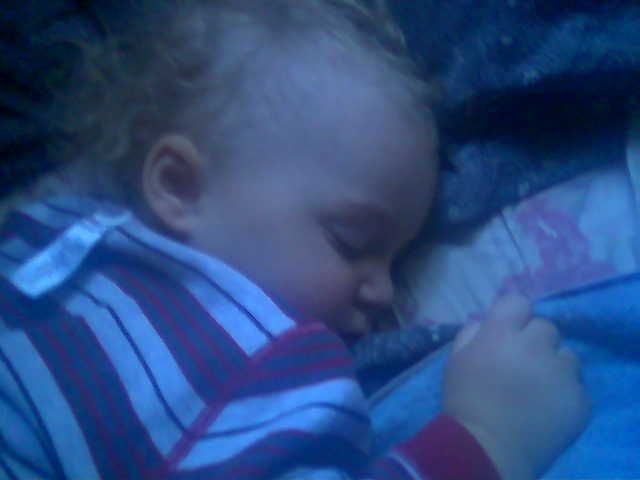The Fountain is a movie that can be characterised wholly by its great ambition. In scope it is epic, spanning 3 different time periods over 1000 years. Its ideas are similarly lofty, as the film attempts no lesser feat with its sprawling, psychadelic fantasy/science fiction narrative than to encapsulate the nature of life and death itself. The sheer, balls-out dedication to its soaring aspirations is both the film's strongest and weakest point. Though boldly beautiful and technically amazing, it toes the fine line between the surreal and strangely evocative and the absurd and risible.
Like director Darren Aronofsky's last movie,
Requiem for a Dream, this story is structured around three seperate chapters. Unlike that movie, here they intertwine in a complex series of intercutting scenes and flashbacks. The movie begins with Hugh Jackman as a Spanish conquistador in the 16th century, searching Mayan temples in the new world for the fountain of youth. We are then taken to the year 2500 AD (identified as such in the trailer, though never in the film itself), where Jackman plays a bald-headed, barefoot man flying through space in a bubble containing himself and a great tree that is haunted by the spirit of his wife, played by Rachel Weisz. Here, he spends his time meditating in the lotus position, doing Tai Chi and tattooing himself with thousands of rings around his body to mark the passing years. Finally we are taken to the present day, where we find Jackman and Weisz as husband and wife.
Rachel Weisz's character, Izzy, is dying of brain cancer. She and Hugh Jackman's character, Tom, both deal with this in different ways. Tom is a doctor researching cancer, and throws himself into his work in the faint hope of finding a cure. Izzy is writing a book called "The Fountain" about a conquistador searching for the fountain of youth, and in contemplating her own death develops a fascination with the Mayan myths about Xibalba, the afterlife in the sky to which they travel through a dark path visible in the Milky Way.
The three chapters each contain the same characters, and events in each affect the others, but the movie is vague about any literal connection between their plots -- especially the 16th century chapter. Thematically, however, it is much easier to see how well they interlock. The present day shows Tom starting from the mindset of conquering his wife's cancer, dedicating himself to the task fully. That part of him is represented by the conquistador chapter, but it dies as he realizes his own helplessness and in a pivotal scene admits to fear. The space chapter represents his acceptance of life and death.
The movie is full of some of the most beautiful visuals you will ever see. The space chapter actually succeeds at giving a sense of glimpsing the infinite, and nearly every frame throughout the movie is meticulously composed and wonderfully shot. The music by Clint Mansell and the Kronos Quartet, though not quite the equal of the majestic and melancholy overture of
Requiem for a Dream, is nevertheless excellent, feeling both vast and intimate at the same time.
I love
The Fountain for its bravery and dedication to express itself, no matter the cost. People will hate this movie, and some people will adore it. For all it's flaws, it is in my opinion a thing of beauty that should be experienced.











